Macroeconomic indicators and parameters of the state budget for next year discussed
On October 27, President Shavkat Mirziyoyev chaired an expanded meeting to review the expected results of economic development this year and the main macroeconomic indicators for 2026.
In January-September of the current year, the country’s economy grew by 7.6 percent, significantly exceeding forecast figures. Industrial output increased by 6.8 percent, construction works by 14.2 percent, the services sector by 14 percent, and agriculture by 4.1 percent.
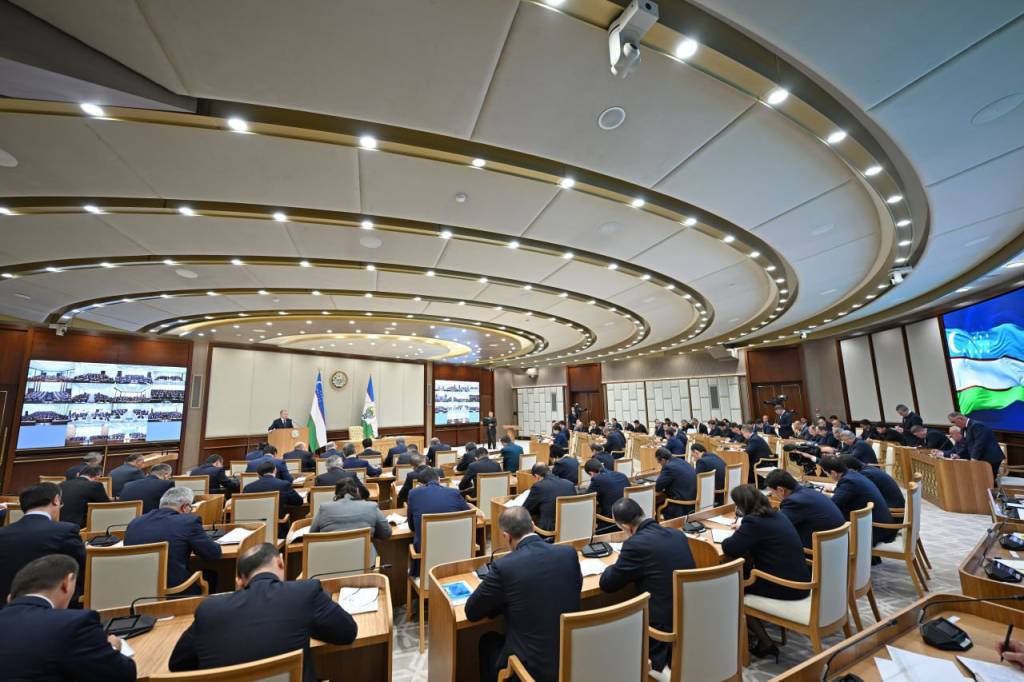
Gold and foreign exchange reserves grew by 35 percent compared to last year, reaching $55 billion. Reputable international rating agencies highly assess the economic prospects of the country. In particular, Fitch Ratings raised Uzbekistan’s sovereign rating by one notch for the first time, while Moody’s and S&P Global revised their outlooks from “stable” to “positive”.

“The most important thing is that the achieved results serve to improve the welfare of the people”, noted the Head of State.
Household incomes increased by 18.4 percent, the volume of deposits by 35.3 percent, and the average wage by 19.2 percent. Surveys show growing confidence among the population and businesses, along with expanding employment and income opportunities.
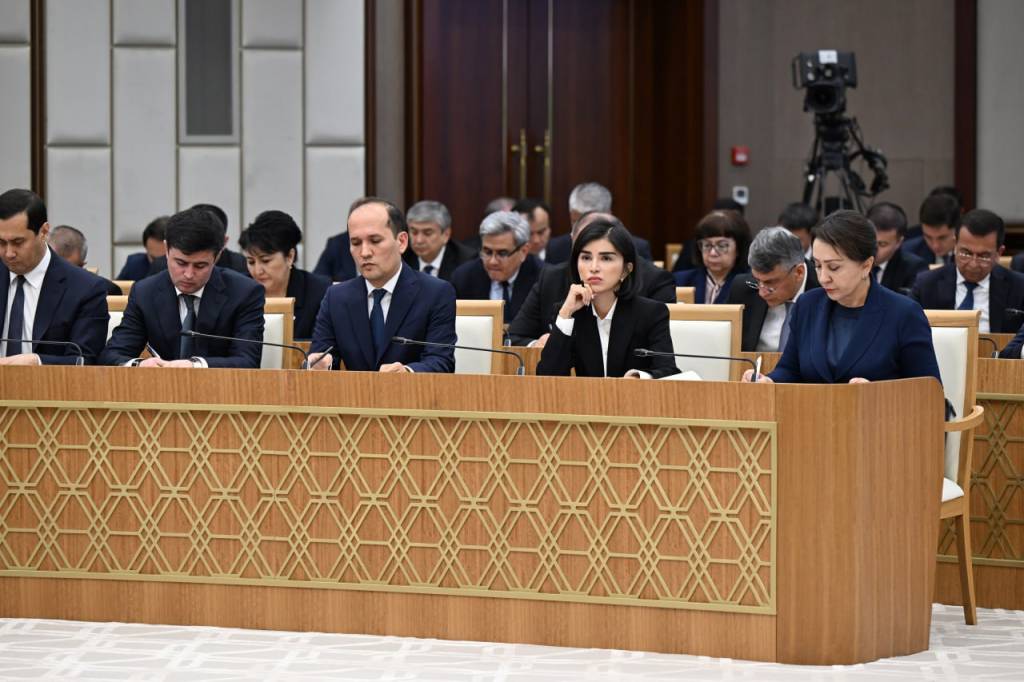
The President emphasized that maintaining high growth rates through the end of the year and bringing GDP to more than $135 billion remain among the main tasks of the economic sector.
At the meeting, which was held in a critical spirit, the main plans for the coming year were reviewed.
Officials reported that in 2026, it is planned to achieve an economic growth rate of 6.6 percent, increase GDP to more than $150 billion, allocate at least 400 trillion UZS into the economy from all sources, and keep inflation at no more than 7 percent.
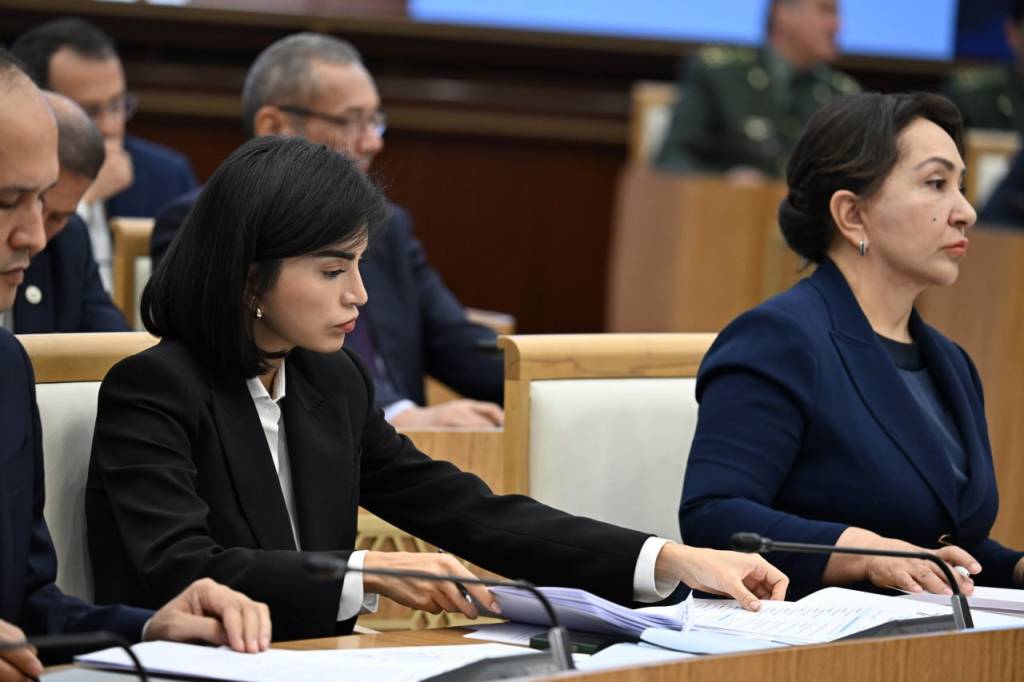
The President noted that all the necessary capabilities and conditions are in place to achieve these goals, identifying important issues that require increased attention from the heads of ministries, industries, and regions.
The draft budget for 2026 provides for the preservation of current tax rates. It was emphasized that, under these conditions, it is necessary to increase budget revenues consistently and to establish strict control over the efficient use of budget funds.
As the Head of State noted, next year, cost reduction and improved efficiency will become the main criteria for managers at all levels.
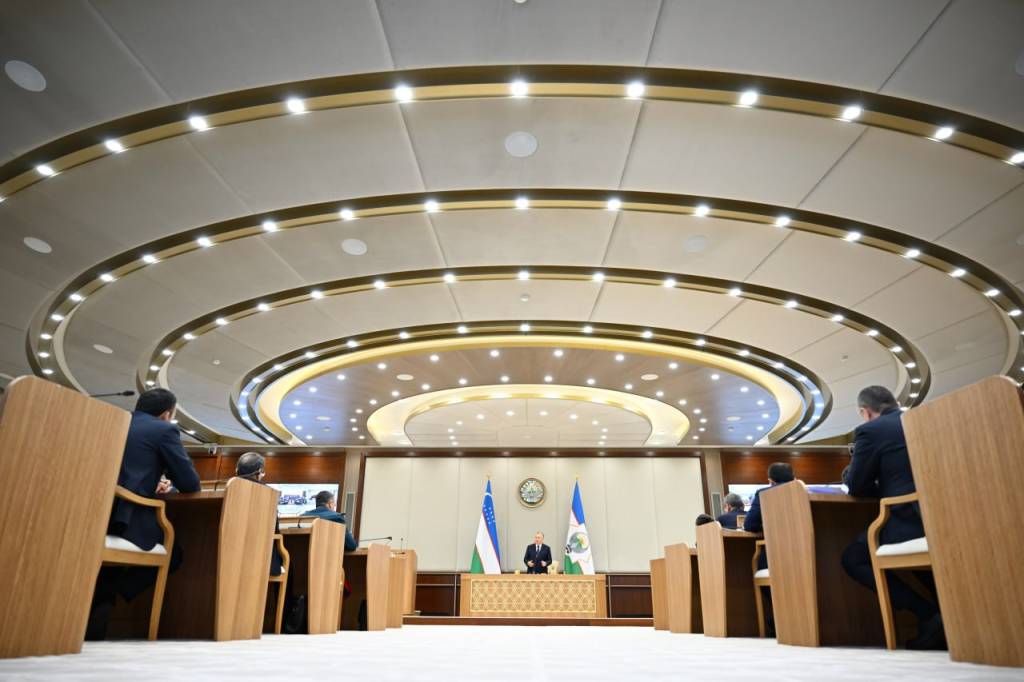
Specific tasks were set to reduce production costs and increase competitiveness in strategic sectors, expand the participation of the private sector, streamline the dividend policy of state-owned enterprises, analyze the effectiveness of subsidies and benefits with the elimination of ineffective ones, reduce the share of the shadow economy, and strengthen the revenue base of district and city budgets.
It was noted that it is necessary to accelerate the implementation of projects funded by international financial institutions and adopt a system in which new projects are financed only after the completion of ongoing ones.
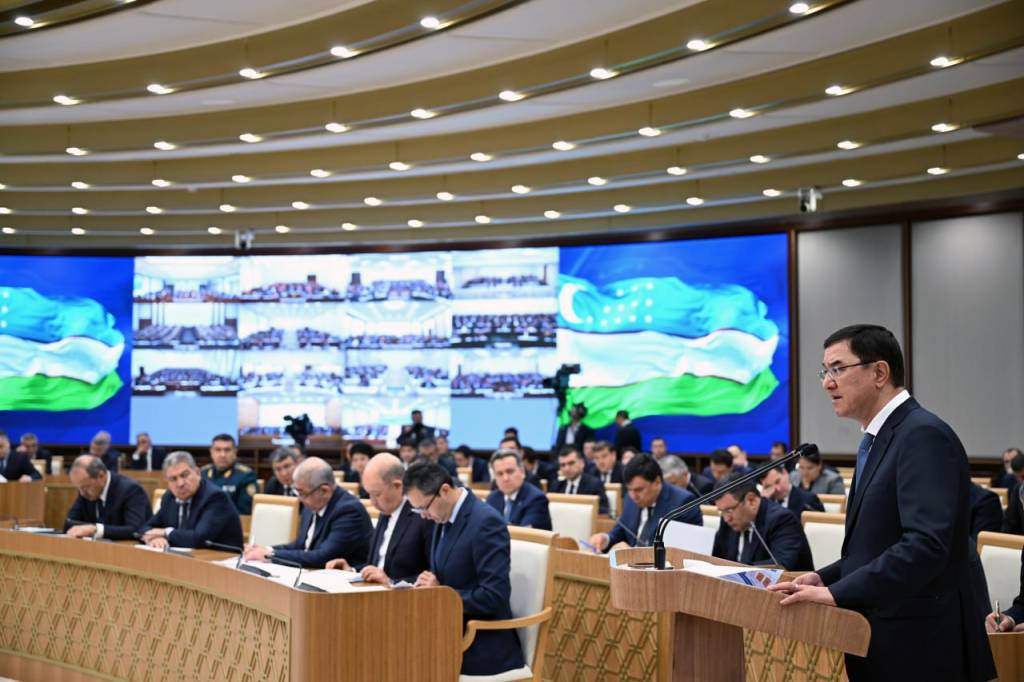
A directive was issued to allocate half of the balances from ministries’ and agencies’ extra-budgetary funds to a special fund and to use these resources for the construction of schools and the development of healthcare.
Following the meeting, the main directions of the draft State Budget for 2026 were defined.
UzA
 Ўзбекча
Ўзбекча English
English Русский
Русский




